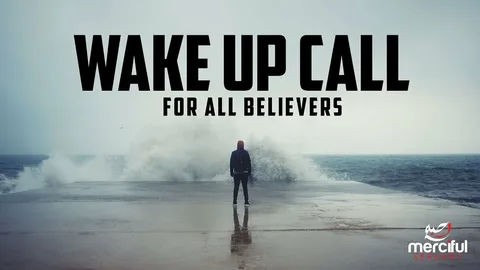Imagine you’re running a rental business in the 1980s. You’ve got a box full of receipts, a calculator on the table and maybe a late-night coffee while you piece it all together for the tax man. Fast-forward to today and HMRC has other ideas. Paper and spreadsheets are being pushed aside in favour of something sleek, connected and very much digital.
This is not just a tweak in how landlords report income, it’s a revolution in tax compliance. And like it or not, every property owner above a modest income threshold will soon be part of it.
The End of the Once-a-Year Tax Rush
For decades, landlords have waited until the January deadline loomed before tackling their Self Assessment. Some thrive under the pressure; others dread it. But that old rhythm of one big annual scramble is being broken up.
Instead, HMRC wants landlords to update them throughout the year. Four times, to be precise. Each quarter, figures must be filed digitally, giving the tax authority a rolling picture of your rental business. The idea is that you’ll always know roughly where you stand with your tax bill—no nasty surprises, no frantic all-nighters.
Of course, for landlords who liked hiding behind the January rush, this is a major culture shock.
Digital First or Left Behind
The phrase “digital records” might sound harmless, but here’s what it really means: if you’re jotting down rent in a notebook or dumping receipts in a drawer, you’ll need to change. Everything from rental income to repair costs must be logged digitally, and not just in any old way. HMRC-approved software will be the gatekeeper between your figures and their systems.
For some, this is a headache. For others, it’s liberation. Many landlords are already discovering that apps can scan receipts, auto-categorise expenses, and generate insights they never had before. Instead of paperwork chaos, there’s order.
Think of it less like an obligation and more like the upgrade you didn’t realise you needed.
Why Small Landlords Should Pay Attention
There’s a myth that these changes only matter if you’re running a large property portfolio. Not true. The income threshold is just £10,000 a year. That means someone renting out a single flat could easily fall within the scope.
Accidental landlords, casual investors, and seasoned professionals alike will be swept into this digital net. It’s not optional; it’s the new normal.
The Bottom Line
The age of scribbled notes and annual panic is drawing to a close. Whether you view it as a bureaucratic nuisance or a chance to modernise, the reality is unavoidable: digital tax reporting is here to stay.
For Making Tax Digital for Income Tax, success will come down to mindset—those who see it as an opportunity will thrive. And as HMRC’s systems tighten, it’s the forward-thinking MTD landlords who will have the edge, not only staying compliant but also running their property affairs with more clarity than ever before.


